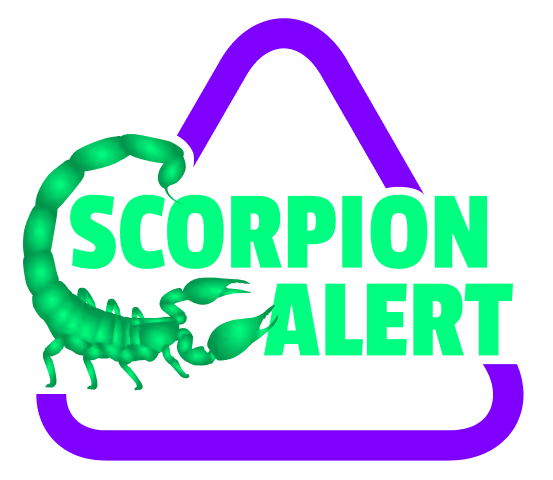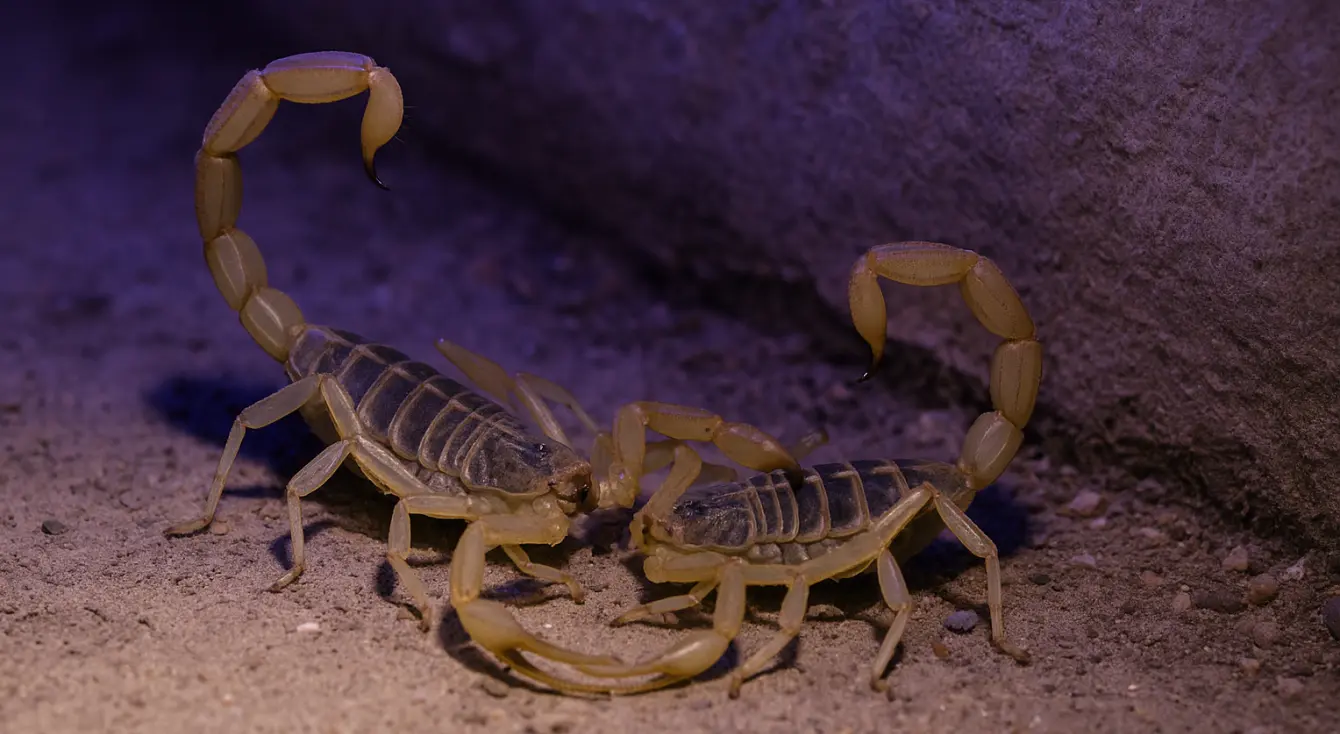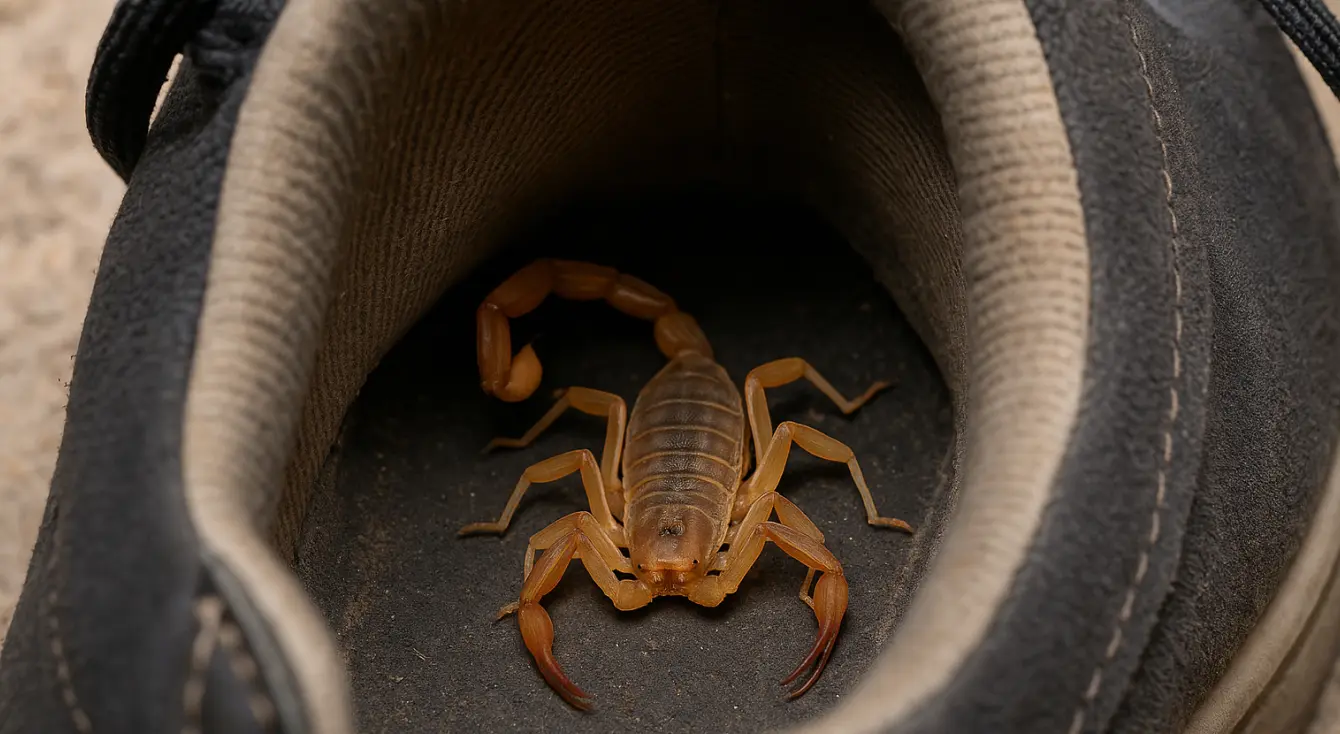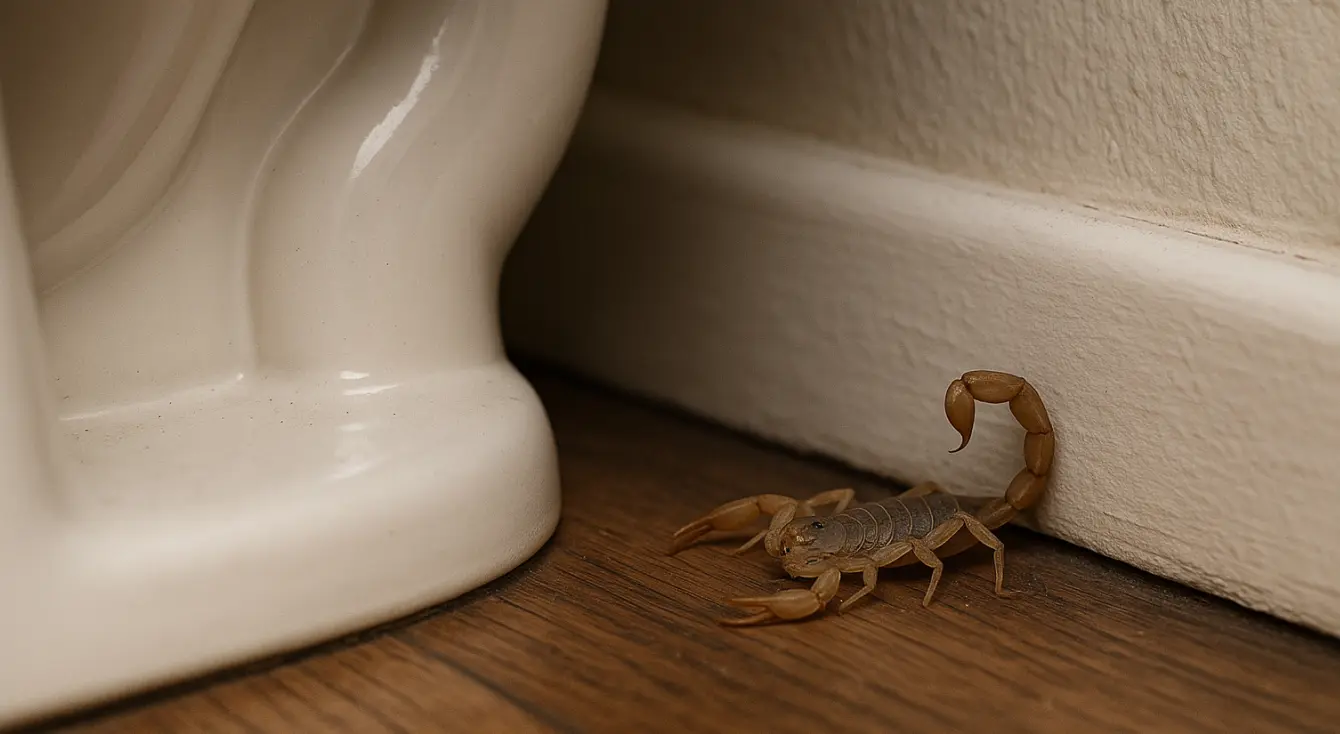In the deserts of Arizona, Texas, and other parts of the Southwest, scorpions are more than just a creepy surprise on the patio—they can be a serious health risk, especially for young children.
Yes, Children Are More Vulnerable
Scorpion venom affects the nervous system, and in smaller bodies, the impact can be more severe. While most healthy adults can tolerate a sting with mild to moderate symptoms, children under 10—especially infants and toddlers—are at a much higher risk of serious complications.
What Makes Stings Dangerous for Kids?
- Body Size: Less body mass means venom spreads more quickly
- Developing Nervous Systems: Kids are more sensitive to neurotoxins
- Communication Barriers: Younger children can’t always describe symptoms clearly
Severe reactions can include:
- Uncontrollable muscle twitching
- Slurred speech or drooling
- Rapid eye movements
- Difficulty breathing
The Arizona Bark Scorpion: A Real Threat
Of the 50+ scorpion species in the U.S., only one is considered truly dangerous: the Arizona bark scorpion. It’s small, light-colored, and often hides in homes. Its sting is rarely fatal with proper treatment, but it does pose the greatest threat to young children.
According to the Arizona Poison and Drug Information Center, over 8,000 scorpion stings are reported annually in Arizona alone. In 2022, roughly 300 cases required treatment with antivenom—most of those involving children under age 10.
What to Do If a Child Is Stung
- Stay calm and call poison control: 1-800-222-1222
- Keep the child still to slow venom spread
- Go to the ER immediately if symptoms escalate
What Hospitals Do to Treat Scorpion Stings
Once at the hospital, treatment typically depends on the severity of symptoms. Here’s what might happen:
- Monitoring: Vital signs are closely watched, especially breathing and heart rate.
- Pain Management: Ice packs and pain relievers are used to ease discomfort.
- Antivenom: In severe cases, especially with young children, hospitals may administer Anascorp, the only FDA-approved antivenom for bark scorpion stings. It works quickly to reduce neurotoxic symptoms.
- Supportive Care: IV fluids, oxygen, and even sedation may be used if symptoms are intense.
Studies show that when antivenom is administered promptly, symptoms begin to subside within 30 to 90 minutes in over 95% of pediatric cases.
Most children who receive prompt treatment recover fully, often within a few hours of receiving antivenom.
Prevention Starts at Home
- Install weather stripping and seal cracks
- Keep beds away from walls
- Shake out shoes, towels, and clothes
- Place Scorpion Detectors in bedrooms, nurseries, and play areas
Our Detectors offer peace of mind by spotting scorpions before your child does. They use UV light to detect that familiar glow and trigger alerts—even in total darkness.
When it comes to scorpions and children, the stakes are higher. Knowing how hospitals handle stings—and how to prevent them at home—can make all the difference.






